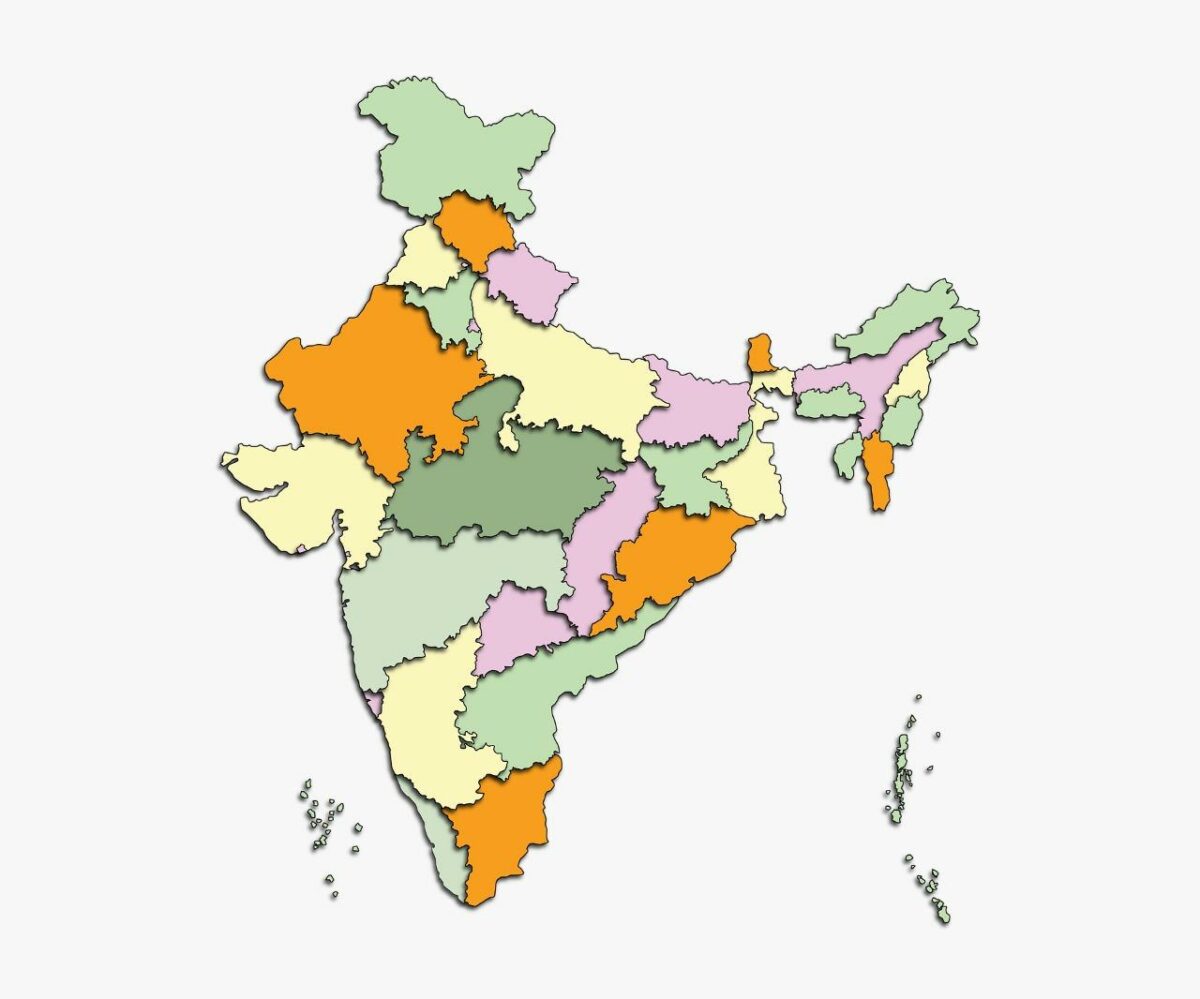When we talk about a region, we often talk about the environment, the topography of that region. At the same time, it is also necessary to talk about the living standards of the native belonging to that region, because it is the people living who really represent the region. One can know about them and the region only by understanding their food, drink, festivals, and entertainment. The basic premise of the above elements is the language of the region which contains the history of generations and their way of life. Today, localizing products of different uses in the local language is both a demand and a need of the hour. But successful ‘localization’ of language can only be achieved if the social and cultural aspects of the inhabitants of a language are well understood. Punjabi is also a local language in which a lot of ‘localization’ work is going on. Today we will take a look at the living, cultural and social aspects of the Punjabi speaking people associated with the Punjabi language, so that successful ‘localization’ of the language can take place. Punjabi culture includes the way of life created by the Punjabi people, their occupations, customs, relationships, dresses, adornment, beliefs, values, means of entertainment, language, and folklore etc.
Major Festivals of Punjab:-
- Days related to Avatars (Gurus and Holy Saints): Ram Naumi, Krishna Janmashtami, Dussehra, Diwali, Shivaratri, Parkash Utsav of Sikh Guru Sahib and Shaheed Day etc.
- Domestic Festivals of Punjab: Raksha Bandhan, Teej, Laxmi Pujan of Shraddh, Ekadashi.
- Local Punjabi Fairs: Guga Naumi, Shitla Mata fair, Chhapar fair, Martyrdom Gathering of Fatehgarh Sahib etc.
- Weather related festivals: There are of two types:
- Related to lunar year: Teej, Basant Panchami and Holi.
- Related to solar year: Baisakhi, Lohri and Maghi etc.
Food of Punjabis:-
When it comes to Punjabi culture, food is given top priority. Punjabi is a unique form of food. Punjabis are considered to be very fond of food and drinks. Like the generous nature of the Punjabis, their diet is generous, as the saying goes:
‘ਦੱਬਕੇ ਵਾਹ ਤੇ ਰੱਜ ਕੇ ਖਾਹ“
“Work hard and eat a lot”
Punjabis mainly eat four times a day, and it also varies according to the seasons
1 Breakfast (Chhah Wela)
2 Lunch (Duphar Wela)
3 Evening Snacks (Laudha Wela)
4 Dinner (Takalan Wela)
Breakfast Time:-
Breakfast is not done very early in the morning. People from all walks of life in Punjab start their meals with breakfast which is called ‘chhah wela’. At the time of breakfast, there are pranthas, chapati, chickpeas or corn breads along with yoghurt, butter and lassi.
Lunch:-
Lunch is sometimes eaten in the village from 12 noon to 2 pm. People usually have roti (Wheat bread) with daal (cooked pulses) at this time. Bread and lentils are well smeared with desi ghee. After taking lunch, jaggery is eaten in sweets. Sometimes the lady of the house makes fritters (Pudas), gulgalas or kheer to celebrate the season’s first rain.
Evening Snacks:-
In the evening, snacks are eaten outside of the house with all of the members of the house sitting in open verandas or lobby of the house and the snacks include roasted raw chickpeas, sugarcane juice and cauldron jaggery. Evening snacks are also made at home with boiled sugar wheat and sugar gur ghee satoo.
Dinner:-
For dinner, dal, rice, curry, black chickpeas and vegetables are preferred. Daily vegetables like baby cucurbit, cucurbit, cabbage, turnips, carrots etc. are also included in the Punjabi diet.
Sources of Entertainment for Punjabis
Sports:-
There are many sports prevalent in Punjab which showcase physical strength as well as provide entertainment. Sports like wrestling, kabaddi, tug-of-war, lifting mugdar, bludgeon moving, sack lifting, wrist locking, playing gatka etc. show the physical strength of Punjabis. Chopar, Chess, Bara Tahni, etc. games show intelligence. These games are often played by senior citizens in Punjab. Hockey, Chunhan Chhapahi, Gulli Danda, Kabaddi, Pithu, Rang Mallan, Bhanda Bhandaria, Stapu, Samundar Machhi, Bante, Akhrot etc. are the favorite games of the villagers and children.
Spectacles:-
Tamasha is an integral part of Punjabi’s day to day living, which serves as a source of entertainment as well as a source of livelihood for many people. These include Juggler, Acrobat, Dramatic Art, Snake Charmer, etc. These include various entertainments, Physical Expertise, jump of crucifixion, monkey dance, snake dance on the bean, etc. At the same time, buffoon’s shows are also the center of attraction.
Folk Fairs:–
While Punjabis entertain themselves with dances, plays and sports, Punjabi fairs and festivals also captivate their minds. Fairs are a living picture of Punjabi culture. From the very beginning, Punjabis have been fond of going to the fairs and enjoying swing rides, eating sweets, dancing and listening to music. Among the rural fairs of Punjab, Chhapar Jarg, Jagraon Roshni, Maghi of Takht Pura from Muktsar, Baisakhi of Damdama Sahib, Basant Panchmi of Patiala and Amritsar, Martyrdom Gathering of Fatehgarh Sahib, Hola Mohalla of Anandpur Sahib, Diwali of Golden Temple etc. are famous fairs and festivals.
Localization and local Punjabi people:-
After understanding all these facts and details, it becomes clear that if you want to get the most out of the market, you cannot ignore localization. In addition, it is important to understand the region’s trends, which will make localization easier and more successful as it allows product vendors to understand the mental state of the local people. Most importantly, you cannot make localization as effective as it should be if you do not understand the social and cultural aspects of a particular region. Punjab is divided into four parts, which include Malwa, Majha, Doaba and Puadh. According to them, its dialects Malvai, Majhi, Doabi and Puadhi are spoken. Due to these dialects and sub-regions, the local people of Punjab are very diverse culturally, socially and linguistically. So the localizer has to localize keeping all these elements in mind in order to draw meaningful conclusions.
April 27, 2021 — magnon
